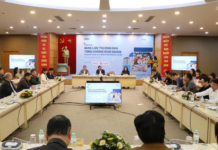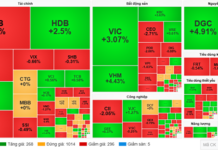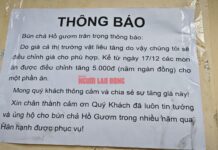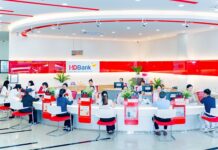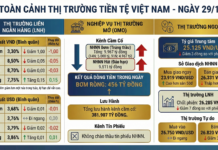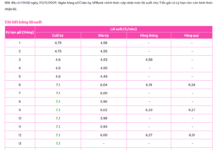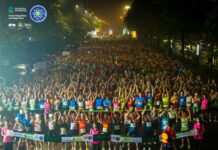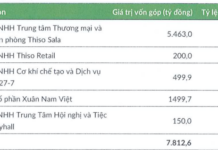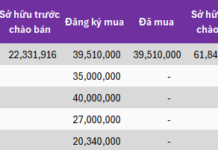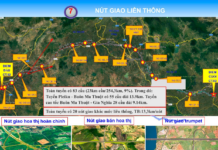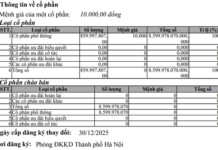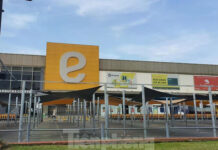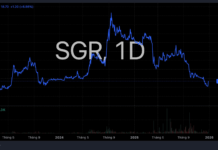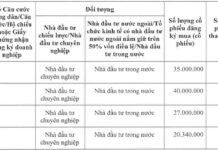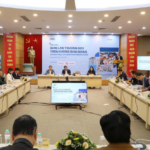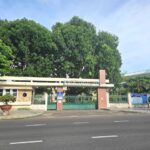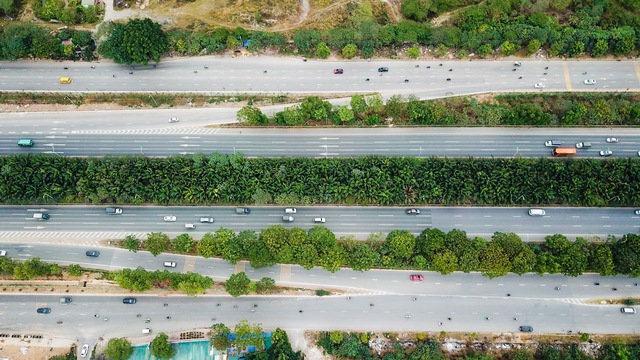
The meeting was chaired by Nguyen Chi Dung, Member of the Central Party Committee, Minister of Planning and Investment, Chairman of the Provincial Planning Appraisal Council, and members of the Provincial Planning Appraisal Council representing ministries, agencies, and experts as opposition members.
In attendance at the meeting were leaders of Hanoi City, including comrade Dinh Tien Dung, Member of the Politburo, Secretary of the Hanoi City Party Committee, comrade Tran Sy Thanh, Member of the Central Party Committee, Chairman of the Hanoi People’s Committee, and the Standing Committee of the City Party Committee, the City People’s Committee, and the Heads of Departments, Districts, and Towns of Hanoi City.
Based on the potentials, advantages, and achievements in the development of the capital city in the past, Hanoi Capital Planning has proposed new breakthrough points in the development orientation, namely:
1. The proposed development target of the city is a civilized, elegant, and modern capital that gathers the quintessence of the country and humanity, a major economic and financial center of the country with influence in the region, a growth pole with leading and spreading roles, promoting the development of the Red River Delta and the dynamic region in the North, a center of science and technology, innovation, leading in international education and training standards, advanced and modern healthcare, comprehensive social security, high competitiveness, and development level comparable to the capitals of advanced countries in the region.
The plan also sets out 6 key tasks in the planning period, notably solving effectively the problem of river pollution, handling environmental pollution in the Nhue and Day rivers to ensure safe irrigation water for agriculture; thoroughly addressing the problem of flooding in urban areas, proposing measures to ensure safety during the rainy season for low-lying areas; fundamentally solving the problem of traffic congestion at the city’s gateways and congestion in urban traffic during peak hours.
2. Identifying 5 pillars of Hanoi’s development, including (i) culture and heritage; (ii) green development, circular economy; (iii) synchronized infrastructure, civilized and modern transportation; (iv) digital society, smart city, digital economy; (v) science and technology and innovation, and 04 strategic breakthrough stages including (i) establishing superior governance institutions; (ii) developing a connected and synchronized infrastructure system, especially urban railways; (iii) developing a high-quality workforce and exploiting human resources; (iv) developing cities, improving the environment and landscape.
With the above development pillars and strategic breakthrough stages, Hanoi Capital Planning proposes to develop towards smart and digital economy; green conversion, circular and sharing economy. Hanoi becomes a big data center, where social activities are operated and managed on a digital platform, and is intelligently governed.
3. Hanoi Capital Planning also identifies the direction of developing important industries such as aiming to become a leading center for semiconductor, information technology and artificial intelligence industry, biotechnology; developing high-tech agriculture products, leading plant varieties playing a leading role in the agricultural development of the northern provinces.
Developing services and urban economy is the economic pillar with the development of comprehensive commercial centers, providing integrated services, underground spaces as business, comprehensive trading activities replacing trading activities on sidewalks, streets; developing other sectors (healthcare and people’s healthcare; education and training; cultural and sports activities; labor, employment, social security; scientific and technological activities; security, defense, foreign affairs) to ensure balance and harmony.
4. Organizing the development space of Hanoi Capital with 5 dynamic axes, in which the Red River axis is the main dynamic axis, the highlight of the central urban area connecting the urban areas in the south and north of the Red River, with the direction of forming cultural, festival, cultural and sports spaces, tourism development, night-time economic services, accommodation, resorts, elderly care facilities along both sides of the river.
Effectively exploiting 5 corridors and the Hanoi Economic Belt truly becomes a gathering center, a connecting center, an internal and regional dynamic force, playing an important role in connecting provinces and cities in the Red River Delta, the Capital Region, the North Central Region, towards international border gates, seaports, affirming Hanoi as a regional development dynamic and a growth pole of the country, the gateway of the ASEAN region connecting with China.
Harmoniously organize and reasonably exploit 5 development spaces and develop the model of a directly-administered green, smart, modern, creative capital city with the specific conditions of governance and the institution to become a dynamic urban area including 1 central urban area and 4 cities under the Capital City. Development of the urban system and organization of the territory belonging to the rural area; development of functional areas and technical infrastructure in a smart, modern way.
5. Developing transportation infrastructure connecting 04 transport modes including aviation, expressways, urban railways connecting national railways, inland waterways with maritime transport; the 4th and 5th ring roads concentrating on the region’s connection. Focusing on developing urban railways capable of replacing individual means of transport and connecting the capital center with urban centers in the Capital Region. Expanding and increasing the capacity of Noi Bai Airport within effective limits; building the 2nd airport in the Capital Region to expand the development space of the southern area.
6. Developing cultural industry combined with tourism services into a spearhead and unique economic sector of the Capital, associated with the restoration of historical relics, cultural heritage combined with tradition and application of technology to reproduce history in augmented reality space and forming the cultural space of the Red River with the riverbank heritage route to recreate the thousands of years of the nation’s establishment and preservation.
Based on the feedback from the participating members, appraisal council members, and delegates attending the meeting, the planning agency will focus on studying, absorbing, and completing the Hanoi Capital Planning 2021-2030 dossier, the vision to 2050 to soon report for opinions from the National Assembly and submit it for approval according to regulations.
Hanoi Capital Planning for the period 2021-2030, the vision to 2050, after being approved by the Prime Minister, will be a particularly important basis for the levels and sectors to study, build, and implement policies, plans, development programs, and investment projects to develop the socio-economic development of Hanoi City by 2030.

